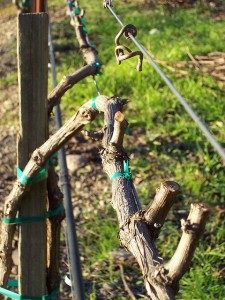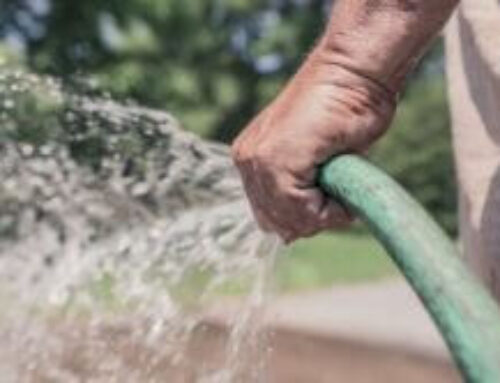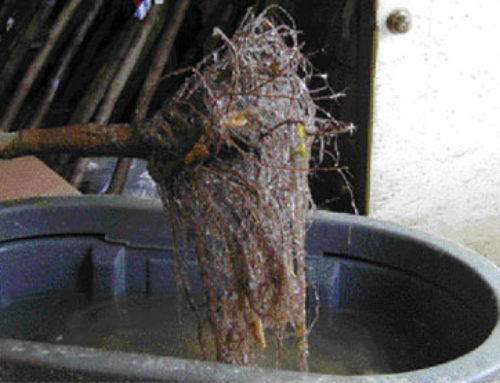Abscisic Acid- Hormones Play Role in Plant Dormancy
Unlike us humans, plants cannot escape from harmful conditions like drought, freezing or saltwater. While we can drink a cool glass of water, wrap-up in a warm winter coat or shower off after a dip in the ocean, our friendly plants cannot. They need to adapt or die.
Lucky for them, they have ABA. ABA, or abscisic acid, is a key player in a plants adaptation to the harmful elements.
What does ABA do? When a plant is stressed it produces ABA (a very cool hormone), and evokes these protective survival responses:
ABA closes the stomata. Remember my stomata blog? Stomata are those tiny little pores on plants that lose moisture? The closing of stomata protects plants from transpiration, or in our terms, dehydration. All environmental elements can create moisture loss in plants.

ABA puts plants into dormancy
ABA also stimulates root growth which enhances there ability to extract water from the soil.
ABA tells the plant its time to go dormant (abscission). It signals the plant that old man winter is approaching and it’s time to go to sleep. This is why plants will drop their leaves in the fall and prepare themselves for a winter freeze. Water freezes in the winter and plants cannot invite a healthy water uptake. They can’t drink from a CamelBak like I do. And if anyone is an avid winter outdoor adventurer like me…you know eating snow just doesn’t cut it!
Plants need to conserve their energy for the spring to come in order for them to “spring” into action. They have lots of playing to do in the time of growth and fertility. ABA tells our plants not to wake-up to soon in order to protect them from early bud break. You can refer to my previous blog on early bud break. ABA also inhibits stem elongation, which makes for fuller healthier growth come playtime.
ABA is amazing. I wonder if they can synthesize it for us 50-year-old humans? I’ll go to sleep in the late fall and wake-up in spring without aging a day!
Now, it’s important to know that all this stuff about ABA is true with most plants, but not conifers (you know, plants with needles). Conifers do things a little differently due to their genetic make-up, so stay tuned for my next update to hear about how they brave the winter months!
That’s all for now, so until next time, love your plants!
P.S. And if you’re looking to help your plants stay strong throughout winter, check out our product Moisture-Loc. It protects plants from the elements too!




